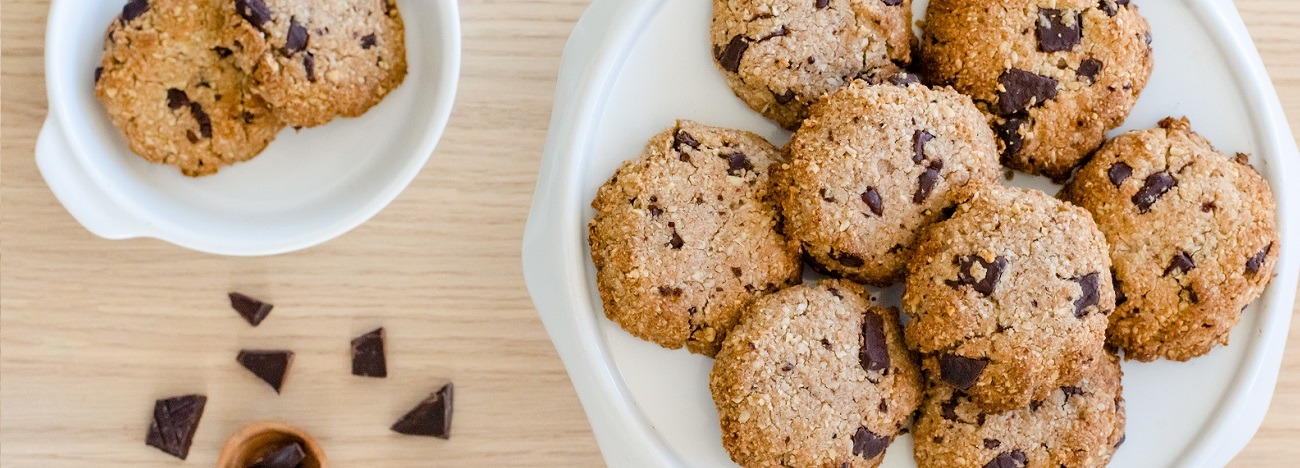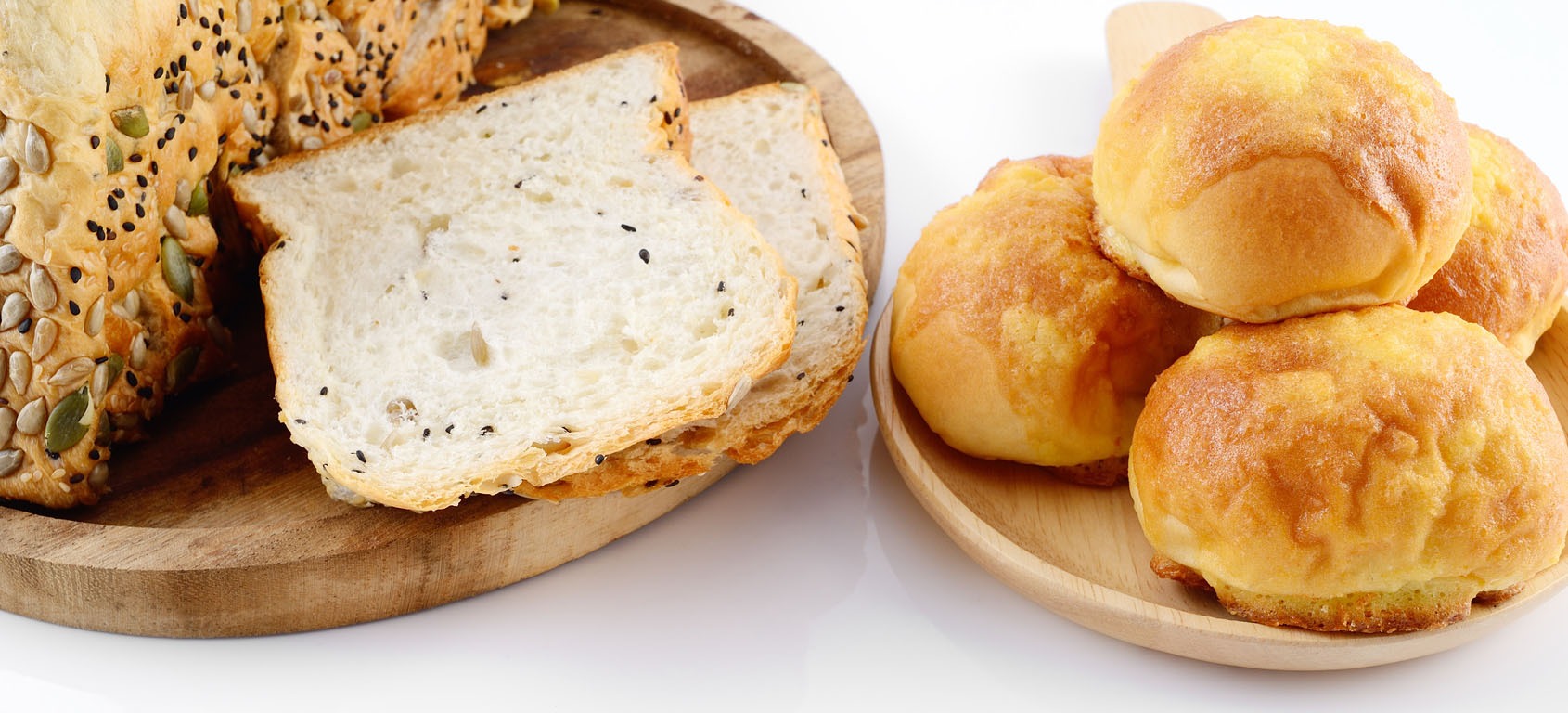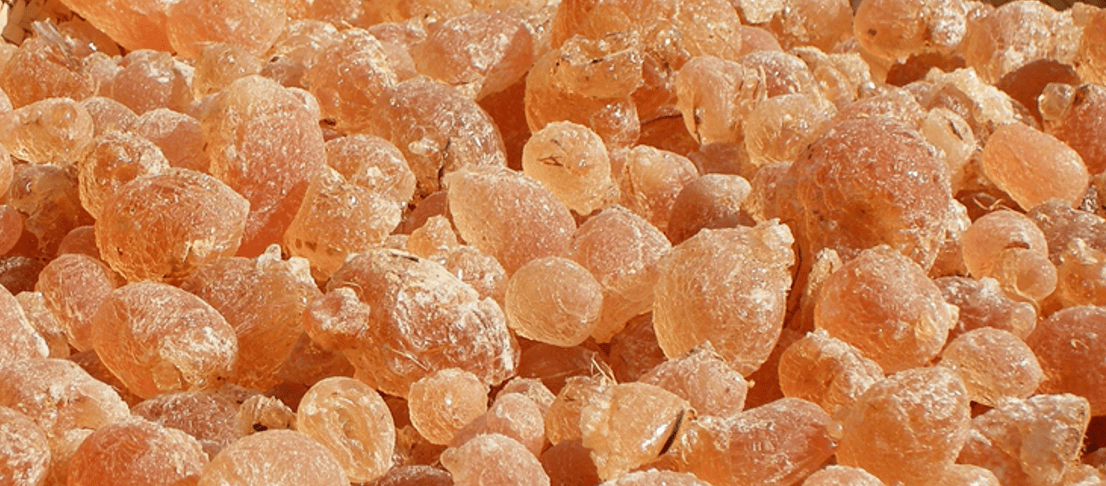American FDA has recognized the dietary fibre status of acacia gum.
International expert in natural gums Alland & Robert is delighted that acacia gum can be classified as a fibre for nutrition labelling purposes in the United States.
This decision from the FDA was made public on December 17, 2021, and will consequently allow acacia gum to count as a dietary fibre on American Nutrition and Supplement Facts labels. Strong scientific literature demonstrates that Acacia gum is a fibre. Today the FDA agreed that acacia gum has physiological effects beneficial to human health, such as the reduction of blood glucose and insulin levels after it is eaten with a meal containing a carbohydrate that raises blood glucose levels.
Research has convinced the Food & Drug administration
Alland & Robert, along with a work group of acacia gum stakeholders, has submitted two citizen petitions in 2019 and 2020 in order to provide the FDA with data showing proof that acacia gum has indeed “physiological benefits to human health”.
Dr. Isabelle Jaouen, R&D Director at Alland & Robert said: “We have provided the FDA with numerous data coming from several clinical trials to support our request that acacia gum be recognized as a dietary fiber. Two laboratories that specialize in clinical nutrition, including one university, have been mandated for the design and realization of the clinical tests. Our citizen petition included data showing the benefits of acacia gum on blood glucose levels”.

A great news for acacia gum customers in the United States
Commenting on the FDA decision, Mr. Frédéric Alland, CEO at Alland & Robert said : “We are extremely satisfied that the FDA agrees with us that acacia gum is a fiber and can be labelled as such. It’s a great news for the American consumers, who will be able to enjoy this natural ingredient in their daily food. Alland & Robert remains committed to providing the highest quality of natural and non-GMO Acacia Fiber”.
Acacia gum, a natural, vegetal and safe solution for food & drinks
Acacia gum, also known as gum Arabic or E414, is a natural, vegetal, safe and healthy additive used in flavours, beverages, confectionery, dairy, bakery, dietary products, pharma and cosmetics among others. Acacia gum is today found in thousands of day to day products all over the world.
Alland & Robert guarantees a minimum fibre content of 90% for all products of its Acacia Fiber range.
In the United States, Alland & Robert is exclusively distributed by FARBEST BRANDS.

TECHNICAL PAPER: Formulating biscuits with acacia gum
Alland & Robert research shows that biscuits with acacia gum are generally preferred in sensory analysis, and their characteristics and nutritional value are improved.
Complete the form. You will receive the technical paper by email.
(You may not receive it immediatly, it may take a little while)
[weforms id=”5412″]
Alland & Robert may use your contact data to keep you informed of its products and services by email or by phone. You can withdraw your marketing consent at any time by clicking the unsubscribe link in such email or by sending an email to info@allandetrobert.fr.
More information on our processing can be found in our Privacy Notice. By submitting this form, you acknowledge that you have read and understand our Privacy Notice.
Photo credit: L’AtelierMBB.com
A year of partnership with TREE AID to plant acacia trees!
We help plant trees since January 2020. Here is a summary of our achievements over the last year.
Growing the Great Green Wall
The Great Green Wall is an African-led initiative whose ambition is to grow a wide belt of trees, vegetation and fertile land across the Sahel. This ambitious project represents an 8,000km band of trees but is also so much more than that! It is providing food and jobs to the millions of people living in the Sahel, and bringing Africa’s degraded lands back to life.
How is Alland & Robert helping?
The projects we support are part of the Great Green Wall movement. As native species perfectly adapted to the desert, acacia trees are one of the main trees planted as part of the Great Green Wall.


Reducing poverty in Mali
The Koulikoro region of Mali lost 86% of its forests to deforestation in 10 years. Most of the trees were cut down to make rooms for farms. In addition, the climate crisis is making the environment hotter and rainfall more unpredictable. People struggle to grow enough crops to feed their family or sell to make a living.
How is Alland & Robert helping?
Alland & Robert supports a project aiming to train over 400 farmers to grow and protect trees, and restore degraded lands. Women’s group are supported to makefuel-saving stoves that use half the firewood usually used in traditional stoves, which reduces the amount of trees being cut down. 2 tree nurseries have been set up and they have produced over 19,000 trees. Since 2017, Tree Aid have been working on restoring Koulikoro and they have recorded a 34% decrease in poverty in the households they are working with.
Establishing effective community forest governance in Niger
In Park W, Alland & Robert supports a project aiming to help over 250 families to develop businesses based on tree products, including acacia gum. Another objective of the project is to train people to look after forest resources and manage their land sustainably.
How is Alland & Robert helping?
A member of Tree Aid in Niger said about acacias Senegal, one of the acacia variety producing acacia gum: “It is drought resistant and adapts to completely degraded areas, in addition it produces gum arabic for the communities and the seeds are in great demand. It is also a fodder and leguminous species that enriches the soil.”


Supporting ecosystems and communities in Ethiopia
In Ethiopia, over 90,000 hectares of forests are being cut down every year. As a result, huge areas of land are no longer able to support plant life, and farming is becoming impossible. In the Central Rift Valley, eroded soil then flows down the Meki River into the nearby Lake Ziway, causing it to dry up as it fills with silt.
How is Alland & Robert helping?
Alland & Robert supports a project in Dugda-Meki that helps people to restore their local environment, build sustainable businesses and grow nutritious food. In partnership with Tree Aid, we help regenerate degraded land so that it can provide communities with food and incomes, helping them to thrive. Local people are growing trees and learning soil and water conservation methods that will help them restore the land and trees for years to come.
Acacia gum and gut health
A study confirms the positive impact of acacia gum on gut health and digestive wellness.
In recent years, the gastrointestinal (GI) system has been linked to numerous aspects of health. Many consumers today know that a happy, healthy gut is key for overall wellbeing. There is significant demand for food, beverage and dietary supplement with digestive health advantages.
Alland & Robert decided to research to role acacia gum can play in gut health. Our objective: evaluate the impact of acacia gum on consumers who suffer from intestinal disorders regularly, and provide scientific data that support the use of acacia gum as a gut health agent.
Alland & Robert shares the results of this exclusive study in a technical paper designed for formulators looking for gut health friendly ingredients.
Complete the form. You will receive the technical paper by email.
(You may not receive it immediatly, it may take a little while)
[weforms id=”3988″]
Alland & Robert may use your contact data to keep you informed of its products and services by email or by phone. You can withdraw your marketing consent at any time by clicking the unsubscribe link in such email or by sending an email to info@allandetrobert.fr.
More information on our processing can be found in our Privacy Notice. By submitting this form, you acknowledge that you have read and understand our Privacy Notice.
Acacia gum benefits in breads
Did you know that acacia gum is already used in bread products worldwide?
Alland & Robert collaborated with LEMPA (Laboratory for the testing of food products) to carry out a study evaluating acacia gum’s impact on bread (in terms of texture, water retention and preservation) as well as a sensory evaluation. Using two types of acacia gum (Acacia Gum Seyal and Acacia Gum Senegal) and two types of bread (white sandwich bread and gluten free bread), they discovered that adding acacia gum to bread improves texture and preservation, enhances taste and adds soluble fibre!
Download our documentation about the benefits of acacia gum in breads!
[weforms id=”2642″]
Alland & Robert may use your contact data to keep you informed of its products and services by email or by phone. You can withdraw your marketing consent at any time by clicking the unsubscribe link in such email or by sending an email to info@allandetrobert.fr.
More information on our processing can be found in our Privacy Notice. By submitting this form, you acknowledge that you have read and understand our Privacy Notice.
Acacia gum and sugar reduction
Acacia gum is a versatile ingredient for sugar-reduced and sugar-free food and drinks!
In the food and beverages industry, reducing or eliminating sugar content is a necessity in order to address the health issues faced by the world population. In order to find solutions, the food industry can count on acacia gum, a natural additive and ingredient sourced from the Acacia tree.
Complete the form. You will receive the documentation by email.
(You may not receive it immediatly, it may take a little while)
[weforms id=”2604″]
Alland & Robert may use your contact data to keep you informed of its products and services by email or by phone. You can withdraw your marketing consent at any time by clicking the unsubscribe link in such email or by sending an email to info@allandetrobert.fr.
More information on our processing can be found in our Privacy Notice. By submitting this form, you acknowledge that you have read and understand our Privacy Notice.
Guess the weird and wonderful uses of acacia gum!
Acacia gum (otherwise known as gum arabic or E414) is a 100% natural product extracted through a tapping process from acacia trees, predominantly in the South Sahel in Africa. It is completely allergen- and GMO-free, and is used in thousands of products across a number of different industries such as the food, pharmaceutical and cosmetics industries.
Aside from its standard use as a food hydrocolloid, texture improver and gelling agent, acacia gum has many unexpected and unusual applications both across the continents and across the ages…
The Queen of England’s lipstick
Did you know that acacia gum once featured in the royal lipstick of choice? During the 16th century in Britain, bright red lips were in vogue, and according to historical reports, Queen Elizabeth I was a huge fan! The queen’s favourite lipstick apparently contained a mixture of acacia gum, egg white and fig milk. What’s more, thousands of years beforehand in Ancient Egypt, Cleopatra herself was also reported to have used cosmetics which contained the gum!

Art attack
Nowadays, acacia gum is predominantly used in Asian countries to produce creative and meaningful artwork. For example, in China, Buddhist monks rely on a mixture of gum arabic and chalk to produce traditional paintings on silk called ‘Thangka’, which are used in religious ceremonies in honour of Buddha. In India, the gum is also used in the exact same way to produce Kinnala art, comprised of wooden sculptures. Moreover, thanks to its natural properties, acacia gum is often used as an essential binder in watercolour paints and calligraphy inks.

Monkeying around at the zoo
Funnily enough, acacia gum has also been used to keep bored zoo animals occupied! In Southwick Zoo, England, zookeepers have fashioned toys filled with acacia gum to give to the enclosed monkeys and lemurs to keep them amused during the long visiting hours. According to Lauren Cully, the zoo’s Educational Co-ordinator, “Rewarding activities are important to stimulate these smart animals so that they remain happy and maintain their skills from the wild.”

The elixir of youth: anti-wrinkle cream
Aside from make-up and hair products, acacia gum can even be found in popular cosmetics such as anti-ageing face creams! According to Simon Ford from the organic cosmetics group, Melvita: “Acacia gum provides an instantaneous ‘lifting’ effect and improves the texture of skin, smoothing over wrinkles and leaving the skin soft and supple. Acacia gum even supports natural fibres such as collagen and elastin.”

Hush little baby…
The secret to soothing screaming babies may simply be… acacia gum! According to the popular French blog for new parents, mamanrenardetpapaours.com, a mixture of acacia gum with syrup, orange blossom water and mineral water is the best way to relieve infants suffering from colic and allows parents to enjoy a peaceful night’s sleep!

As you can see, thanks to its versatile nature, acacia gum has a wide range of weird and wonderful applications, making it the perfect 100% natural additive to satisfy all your needs!
What do people know about acacia gum and food additives?
What do people know about acacia gum and food additives?
Alland & Robert carried out a survey in the USA, UK, Japan and Germany, to find out just how much people know about acacia gum and food additives. The responses were both surprising and unexpected!
Nearly 43% of Americans know what acacia gum is…
71.5% of the 1000 Americans surveyed confirmed that they read food labels before buying a product. Likewise, almost 88% believe that they have a good understanding of the ingredients listed on the labels. This is an excellent result in comparison with the Japanese, as ‘only’ 53% believe that they have an understanding of products’ nutritional information. Moreover, more than 65% of British people recognise that the letter E represents a food additive.
Also according to the survey results, 42.7% of Americans are aware that acacia gum is a natural additive. Almost half of them (42.1%) know that it is present in bread as well as drinks (45.9%). However, very few of them (29.1%) know that it is also found in cosmetic products. 32.77% of British people wrongly believe that food additives are solely chemical!
Acacia gum (or Arabic gum, or E414) is a natural additive and sap exudate, as it is taken from the trunk of acacia trees. In addition to the product’s inherent naturalness, the harvest – carried out in the Sahel countries in Africa – is also 100% natural.

…But 77% don’t know that it’s a source of fiber!
Only 23% of Americans realize that acacia gum is a source of fiber (39.4% wrongly think that it is a source of sugar!) The results of the UK survey were no better, since over 82% didn’t know that it is a source of fiber. As for those interviewed in Germany, more than 90% of them were unaware of this benefit!
Have no doubt, acacia gum is an excellent source of fiber. Furthermore, the acacia gum producer Alland & Robert guarantees at least 90% fiber content.
As a source of fiber, acacia gum has many advantages, including: acidity and heat resistance, no side effects nor intestinal problems, low in calories, and a very low glycaemic index, as well as scientifically-proven prebiotic effects.







